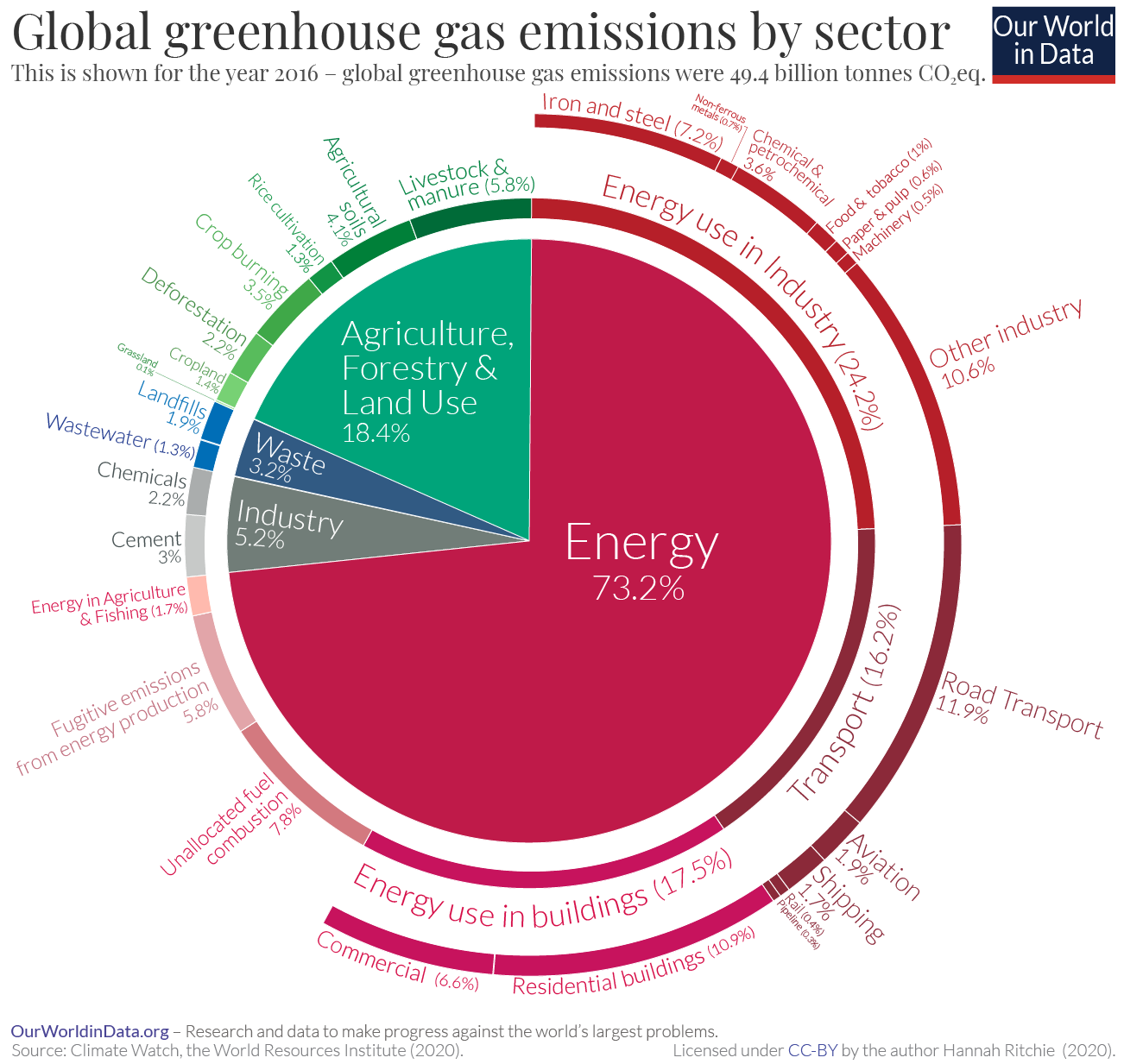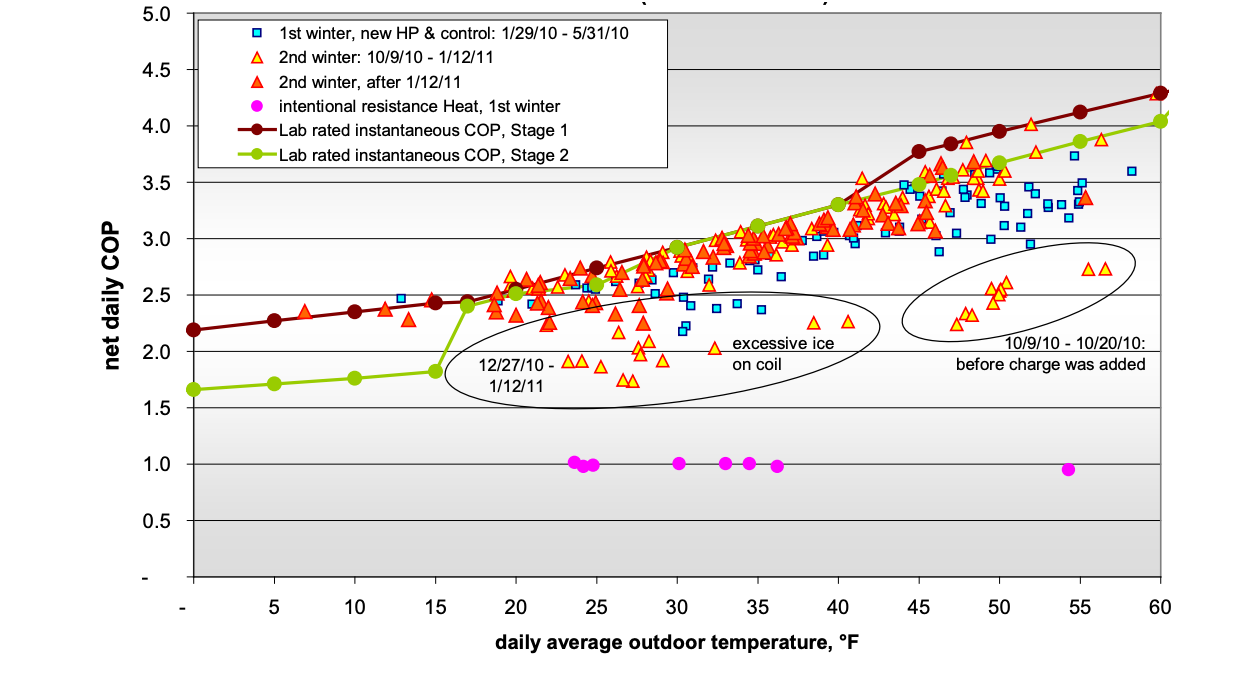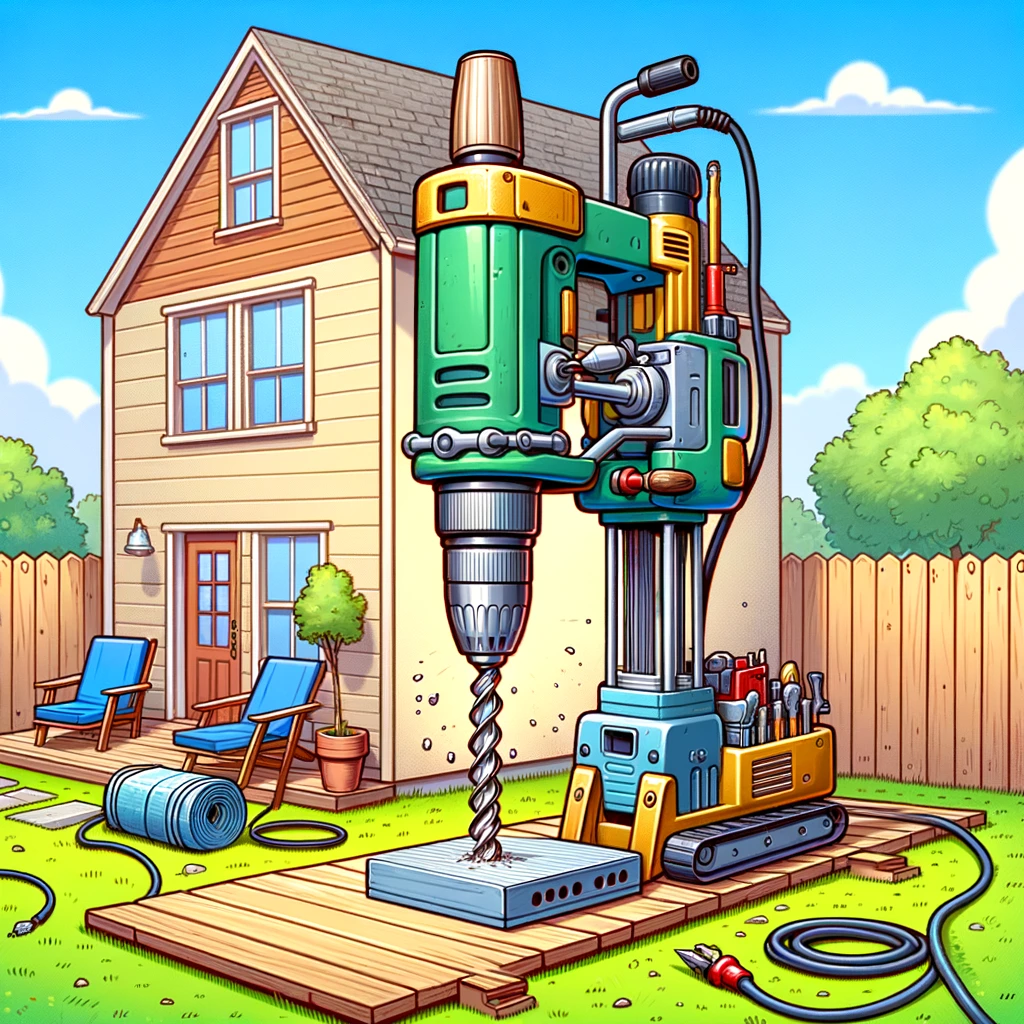Request for a Startup: Drilling Tech for Heat Pumps
Many ambitious people are eager to start a startup tackling climate change, a defining issue of our times. Startups are one of the most effective ways to make a profound impact quickly in this vital area.
Let me share my top startup idea for addressing climate change, an idea that’s still waiting to be realized. I spent several weeks researching this during my 2023 year of exploration, and now I’m putting it out there for someone to take forward.
Decarbonisation of Heating
Heating and cooling our buildings account for 15% of global carbon emissions, which is roughly equivalent to the emissions from all cars, planes, and ships combined. Surprisingly, the solution for heating appears more straightforward. Why not transition to electrification using heat pumps?ś

Heat pumps essentially function as an upscaled, two-way version of a refrigerator. Another way to conceptualize them is similar to air conditioning systems. Impressively, one unit of electricity with a heat pump can generate 3 to 4 units of heat, thanks to its Coefficient of Performance (COP).
These pumps extract heat from a source, effectively cooling it. Therefore, a consistent source such as air or ground, which can maintain a stable temperature while being cooled, is essential. Outdoor air is the most accessible source, which explains why 94% of heat pumps are air-sourced.
However, the challenge lies in the variability of outdoor air temperatures. The colder it gets, the less efficient the heat pump becomes, especially when heating is most needed. For instance, at -20°C (-4°F), the COP can drop to as low as 2, which is half the efficiency compared to warmer months, while the demand for heating is significantly higher.
During extremely cold days, many heat pumps struggle to provide sufficient heating and resort to resistive heating, which has a COP of 1. This can lead to increased electricity consumption. If heat pumps are widely adopted, this surge in electricity use during cold snaps, particularly with a renewable energy grid (like during a Dunkelflaute), could be challenging to manage. It might even lead to power rationing or outages, similar to the 2021 Texas power crisis. Additionally, even without resorting to drastic measures, the peak in electricity demand under these conditions would necessitate backup peaker plants, which are an expensive solution.

Ground-Heat Source Pumps
Beneath the surface, just a few meters down, the earth offers remarkably consistent temperatures, typically close to the annual average and varying with soil type. For instance, it’s about 9°C (48°F) three meters underground.
Utilizing this consistent underground temperature enhances efficiency. Ground-sourced heat pumps (GSHPs) are, on average, 25%-50% more efficient than their air-sourced counterparts, particularly during the coldest days. Moreover, GSHPs boast a longer lifespan of over 20 years, compared to the 10+ years for air-sourced pumps.
Ground heat pumps aren’t new; they’ve been around for decades. Dandelion Energy, a notable spinoff from Alphabet X, has been vigorously working towards their commercialization since 2017.
So, why aren’t these more efficient systems more prevalent? While air-sourced heat pumps are experiencing a surge in popularity, with projected annual growth exceeding 18%, ground-sourced pumps are growing more modestly at about 4.5% annually.
The primary reason is the complexity and cost of ground installations. In the UK, for example, the median cost for an air-sourced heat pump is around £10k ($12.5k), while a ground-sourced system is about £20k ($25k). Ground installations, especially in densely populated urban areas, can be particularly challenging during retrofits. The drilling required for installation poses risks like damaging underground utilities or aquifers, as happened in Vancouver, causing damages worth $10 million.
Unfortunately, heat pumps don’t follow a steep learning curve in terms of cost reduction, unlike solar, wind, or battery technologies. However, they are becoming more efficient, as highlighted in a 2010 paper, and continue to benefit from advancements in related fields such as smart home integration and variable speed technology.
Time to Drill: Sonic, Electric, Pay-Per-Usage Pricing
To facilitate mass adoption of ground-sourced heat pumps, we need to significantly reduce drilling-related costs from approximately £10k to around £1k. Given that the daily rate for builders ranges from £100 to £200, this seems achievable with some innovative thinking.
The key lies in simplifying the drilling process, making it accessible without the need for specialized skills or expensive machinery. A relevant parallel can be drawn from the US Shale Oil Revolution, which drastically changed global geopolitics through improved drilling techniques.
Geo heat pump drilling requires small diameter and relatively shallow depths (30-150 meters) in a closed-loop system. Unfortunately, most current drilling machines are adapted from the oil or construction industries, which necessitate a larger diameter.
Sonic drilling, known for its speed, cleanliness, versatility, accuracy, and safety, appears to be an ideal solution. It’s predominantly used for soil sampling and is surprisingly underutilized in construction. For instance, in Poland, a nation with a robust economy and construction industry, finding a sonic drill for rent is a challenge, and when available, it’s significantly more expensive than traditional rotary drilling. Dandelion Energy’s use of sonic drilling underscores its potential. Building more machines specialized for sonic drilling could significantly reduce costs.
Another innovation is the transition to electric drilling rigs. Electric motors offer substantial torque and are simpler, lighter, quieter, more durable, and easier to operate. Comparatively, the Woltman 90-DR, a traditional rig, weighs 125 tons, whereas its electric counterpart, the 90-DRe, weighs only 57 tons. An even more efficient approach would be to use independent diesel generators or batteries that are not attached to the mast.
Currently, the starting price for a traditional rotary drilling rig is around $200k, with high maintenance costs and a steep learning curve for operators. A more viable option could be a franchising model for these machines. Instead of an upfront charge, a leasing model with a per-meter drilling fee and a minimum quarterly quota could be implemented. The manufacturer should assume the risk of machine malfunctions, and a subscription-based model could enable rapid market entry for new players, facilitate machine iteration, and generate consistent revenue.

Discovery Findings
Speaking with engineers during my research was enlightening. Many, particularly those from the automotive sector, expressed interest in contributing to this project. While there are uncertainties, the concept seems viable in theory. However, my rough estimates indicate a substantial budget requirement – around $5 million to develop the first functioning machine.
Adopting a franchise model that includes all initial costs to achieve economies of scale does imply significant capital requirements. This approach might necessitate securing substantial funding (e.g., $100 million) to ensure the unit economics are profitable. Scaling this project down to a smaller size might be impossible.
On the customer front, the feedback was less encouraging. I spoke with an executive from a company that installs heat pumps on a large scale. Despite his willingness to embrace risks, he was sceptical about his customers’ acceptance of drilling, especially for retrofits where they prefer minimal disruption. This indicates potential resistance from customers, which could hinder adoption. People don’t like messing with their backyard.
Another aspect to consider is the rapidly evolving solar industry. With a learning rate of even 30% and consistent price reductions, solar energy is becoming increasingly affordable. Enhanced efficiency in this sector might soon outweigh the benefits of additional ground-sourced heat pump efficiency. Therefore, solar energy, coupled with advancements in air-sourced heat pumps for colder climates and heat storage, could emerge as a more viable option. Targeting niche markets like Scandinavia or high-altitude regions might be an alternative, but this significantly narrows the market size.
Lastly, the issue of grid stabilization, while a critical challenge, it isn’t reflected in the pricing for end-users. Tackling this problem is crucial, but finding direct monetization strategies for it might prove to be intricate. The business model would likely require innovative subsidy schemes designed to mitigate peak demand.
Conclusions
This is a very cool research project. It seems to hold more promise than the much-discussed hydrogen economy. Yet, it also appears to require substantial investment in both time and money to prove the concept viable and turn it into a profitable business.
This aligns with the general narrative around Clean Tech being a challenging sector for venture capital — high risk with comparatively low returns. The most significant successes in this field have often been driven by access to abundant, cheap capital (like that of Elon Musk or China) and achieved through large-scale operations. In the case of photovoltaics (PV), it wasn’t the most ingenious innovations that prevailed, but rather a kind of brute-force approach at an enormous scale.
As someone primarily experienced in software, my comfort zone lies in getting my own hands dirty. Venturing into the drilling sector would mean relying heavily on the expertise of engineers, making the founder-market fit slightly uncertain for me.
If I could afford to allocate 20% of my net worth to a $5 million experimental project, it would be an exciting venture to explore further. However, as I’m not at that point yet, I’m sharing my findings through this blog. If this idea intrigues you, feel free to delve deeper into it. My initial scepticism towards CUDA during my internship at NVIDIA in 2010 reminds me that I might be overly pessimistic at times. I’m more than willing to share my research and insights with anyone interested.
Best of luck to anyone who decides to pursue this idea. Don’t hesitate to reach out for more detailed information.